DeepIQ + AWS
Amazon Web Services (AWS) is a secure cloud services platform, offering compute power, database storage, content delivery and other functionality to help businesses scale and grow. Running web and application servers in the cloud to host dynamic websites.
DeepIQ is a proud member of the AWS partner network and runs natively on AWS platform.
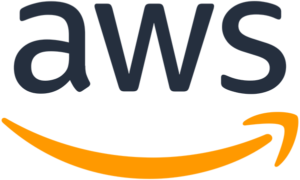

Data Sources
Read and write from AWS databases and file systems
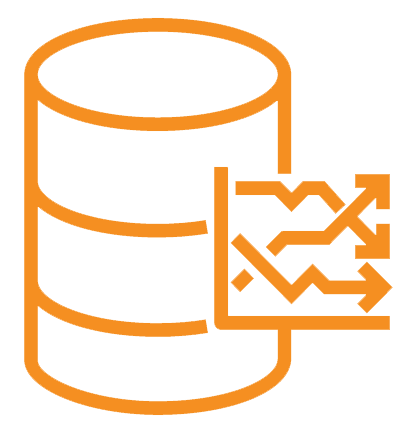
Amazon Timeseries

Amazon RDS

Amazon Redshift
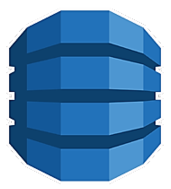
Amazon DynamoDB
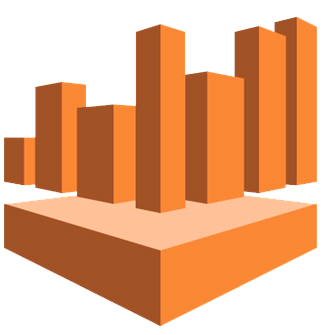
Amazon Athena

Amazon Kinesis
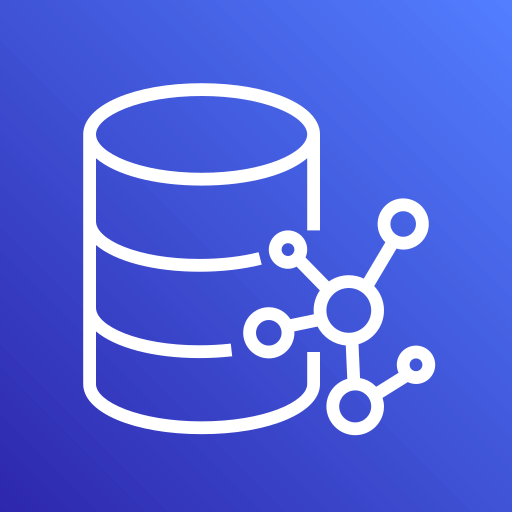
Amazon Neptune

Compute
Run natively on AWS Databricks and Cloudera CDP on AWS
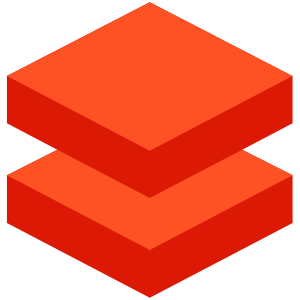
Databricks

EMR
AI
Leverage native AWS AI services
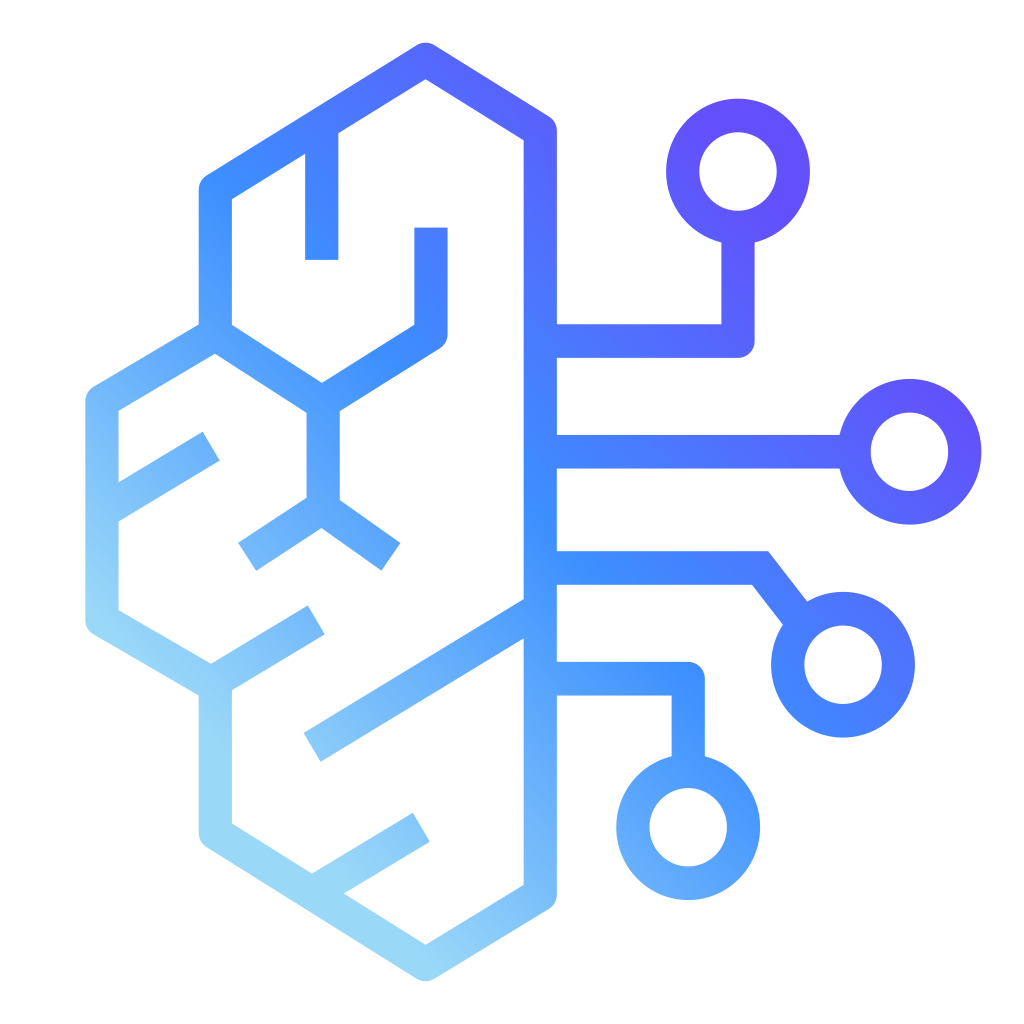
Amazon Bedrock
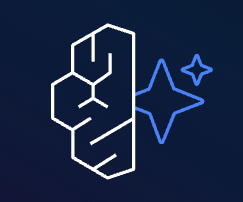
Amazon Bedrock AgentCore
News & Updates
Chosen among 800+ global innovators accelerating clean energy through technology.
A co-sell program that connects DeepIQ directly with AWS sales teams to accelerate growth and deliver more value to our customers.
Recommended Resources

AWS TimeStream - Moving Operational Data into AWS at Scale in less than 60 minutes
With DeepIQ’s DataStudio, moving your IoT data into AWS from your diverse industrial technology and naetwork landscape is a simple task with no code development requirement.
In our latest whitepaper, we will use a real-world use case to show you how to build a production-grade data pipeline with real-time streaming data from your industrial systems into your AWS Timestream database in less than 60 minutes.

Maximizing the value of OT data with DeepIQ DataStudio (Data + AI) on AWS | AWS for Industries
Operational technology (OT) data refers to the data generated by sensors and other devices used in industrial settings to monitor and control physical processes.
Supervisory control and data acquisition (SCADA) systems, data historians, and programmable logic controllers (PLCs) are examples of technologies that generate OT data.
SCADA systems are used to monitor and control industrial processes, while data historians are used to collect and store historical data from industrial systems.

Cost Optimization Tips for AWS IOT Workloads: A Deeper Dive into Payload Optimization with Kepware IOT Gateway and AWS IoT Core
Building on AWS’s cost optimization strategies, this whitepaper explores how Billing Payload Efficiency (BPE) can further reduce cloud expenses. Learn how fine-tuning edge device configurations—such as message size and frequency—can help organizations optimize IoT workloads while maintaining performance.


